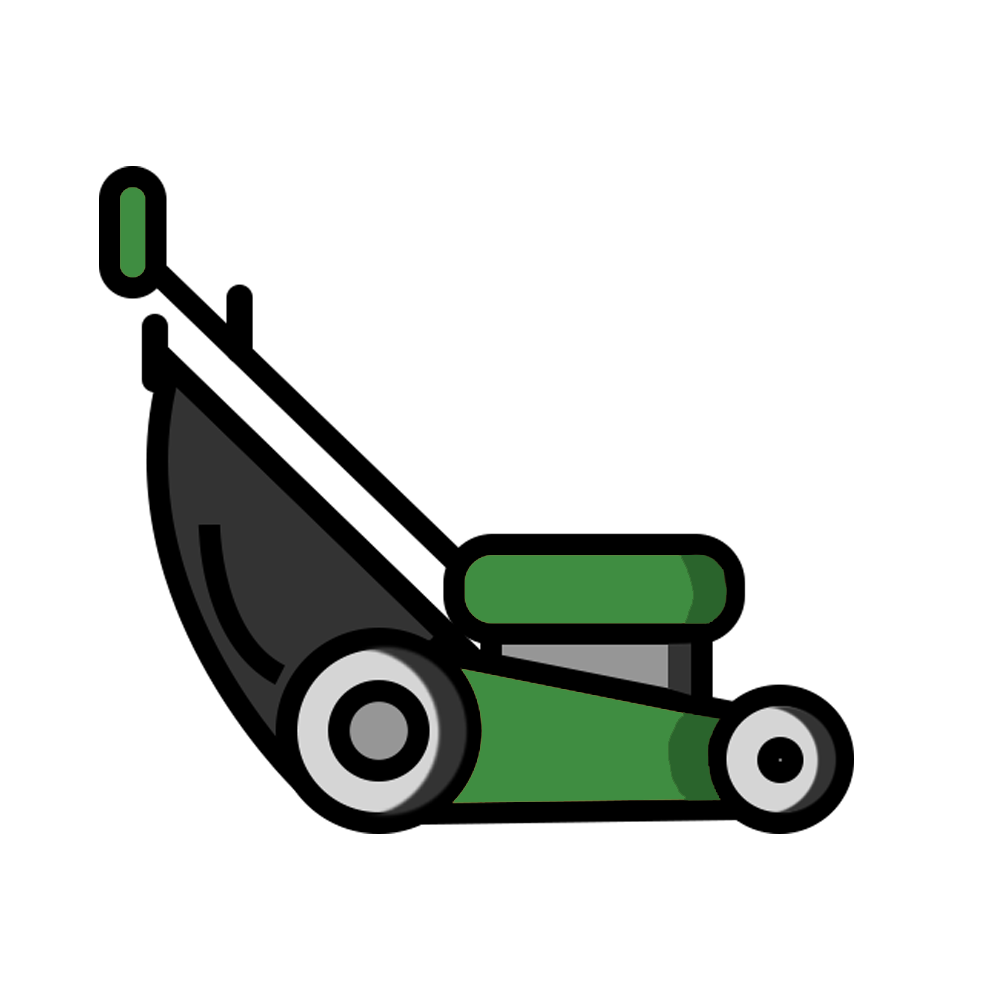Jump to a Section:
Lawn Mowing Tips for a Healthier Lawn
Master the timing, frequency, and height of your mowing
to get the lushest lawn on the block.

Best Times
to Mow
Maintaining a lush, healthy lawn isn’t just about watering and fertilizing—timing your mowing plays a huge role, especially where our seasons shift dramatically. Let’s dig into when you should be mowing to get that picture-perfect yard.
Best Time of Day to Mow
If you’re reaching for the mower, the time of day matters more than you might think:
Late Morning (8–10 AM)
This is usually the sweet spot. The morning dew has dried, so you’re not clogging your mower or tearing up soggy grass. Plus, the sun isn’t too intense yet, which means less stress on your lawn (and on you!).
Avoid Midday (11 AM–2 PM)
This is the hottest part of the day. Mowing during peak sun can burn your lawn and leave it vulnerable to drought stress. It’s also just plain uncomfortable.
Early Evening (4–6 PM)
Another great window. The sun is winding down, temps are cooler, and your lawn has time to recover overnight. Just be sure the grass is dry to avoid clumping.
How Often Should You Mow?
Never cut more than 1/3 of the blade height at a time
Mowing frequency should change with the seasons
Spring: Grass grows fast! You might need to mow once a week or more.
Summer: Growth slows in the heat, so every 10–14 days may be enough.
Fall: Growth picks up again—go back to weekly mowing until the first frost.
Pro Tip:
Never cut more than one-third of the grass blade at a time. Cutting too short can stress your lawn and invite weeds.
Seasonal Mowing Heights
Spring
Ideal Mowing Time
8–10 AM or
4–6 PM
Frequency
Weekly+
Growth Notes
Grass grows fast stay on top of it.
Summer
Ideal Mowing Time
4–6 PM
Frequency
Biweekly
Growth Notes
Avoid mid-day mowing to prevent scorch.
Fall
Ideal Mowing Time
8-10 AM
Frequency
Weekly
Growth Notes
Clear leaves before mowing. Prep for winter.
Don’t Mow When
The lawn is wet:
You’ll leave ruts, and wet clippings can smother grass.
It’s too hot:
Heat stress is real for grass (and humans).
Your blade is dull:
Torn grass tips = brown edges and vulnerability to disease.
Mow to the Right Height
Cutting too short can stress your lawn, while letting it grow too long invites pests and disease. Aim for the sweet spot based on the season and grass type.
Spring/Fall: 2.5:-3″ for cool-season grasses like Kentucky Bluegrass
Summer: Raise mower to 3″–3.5″ to protect against heat